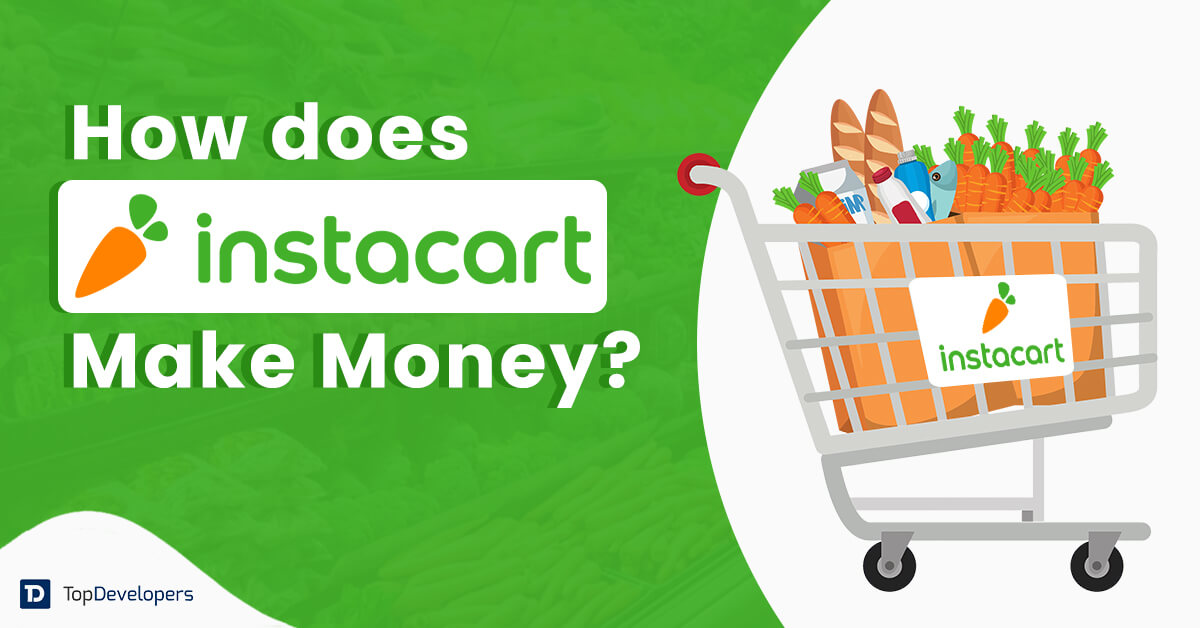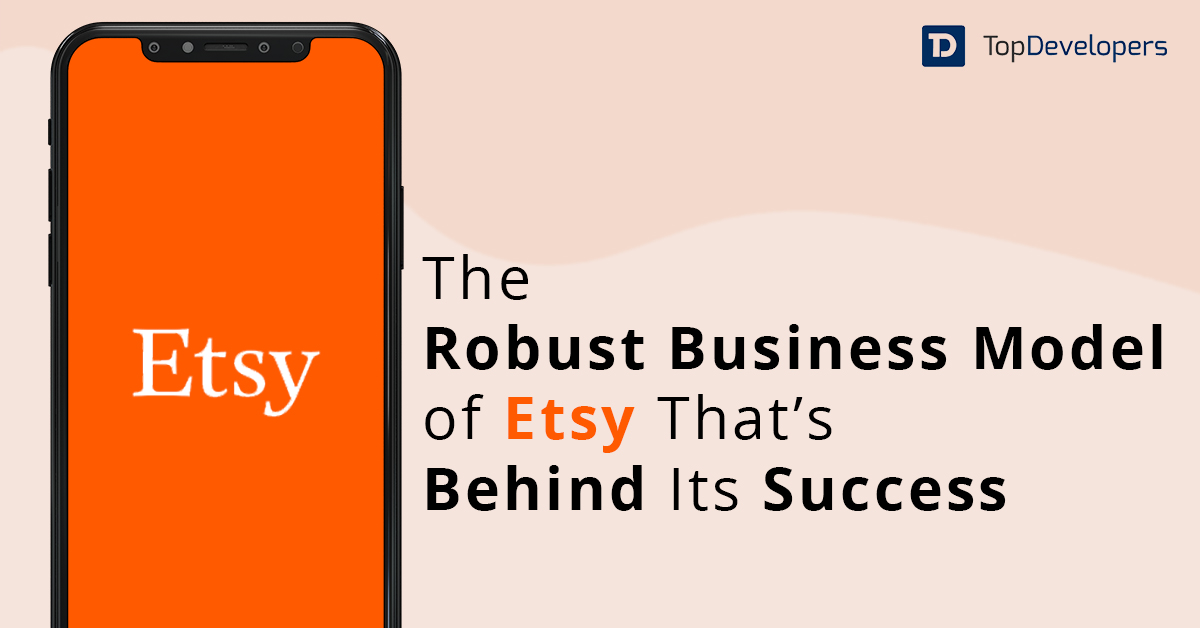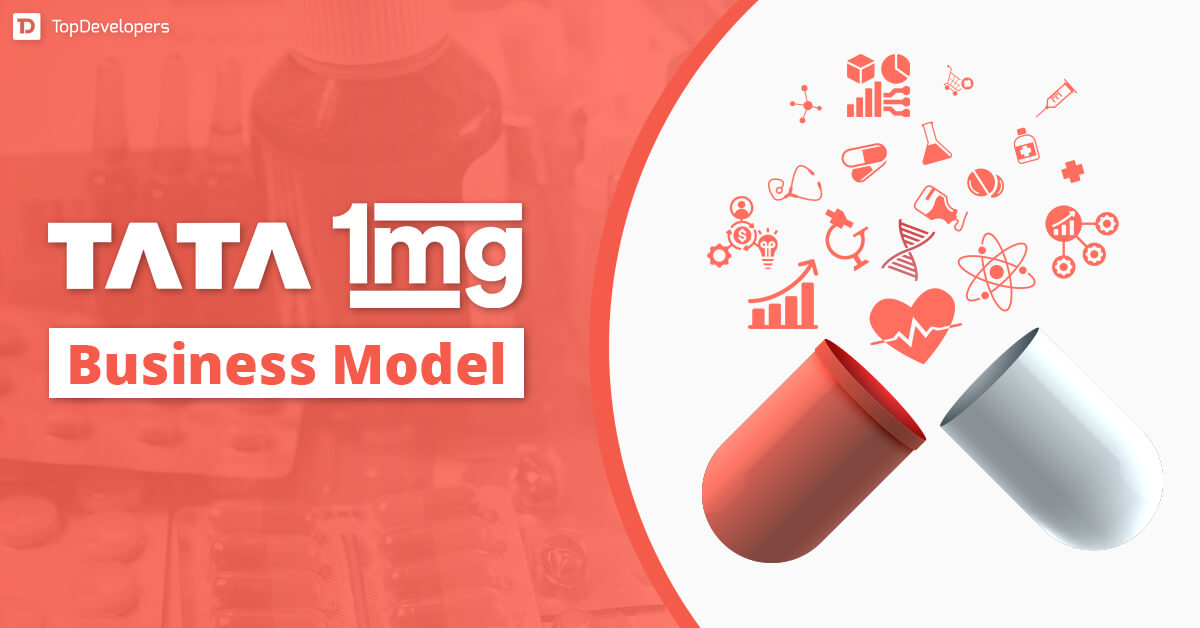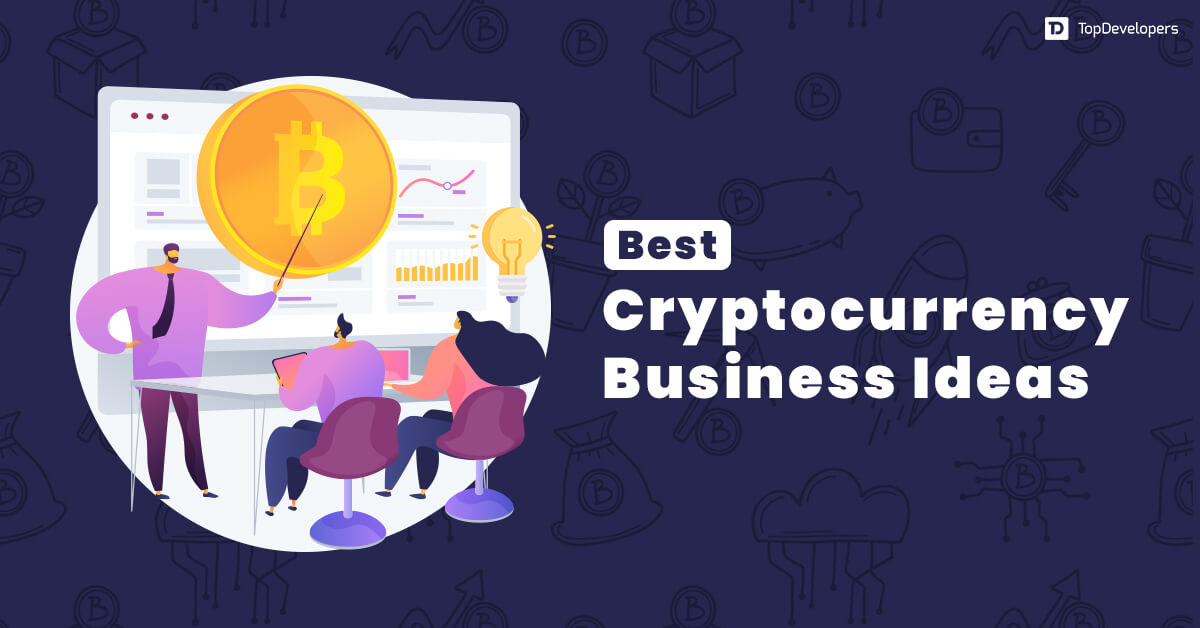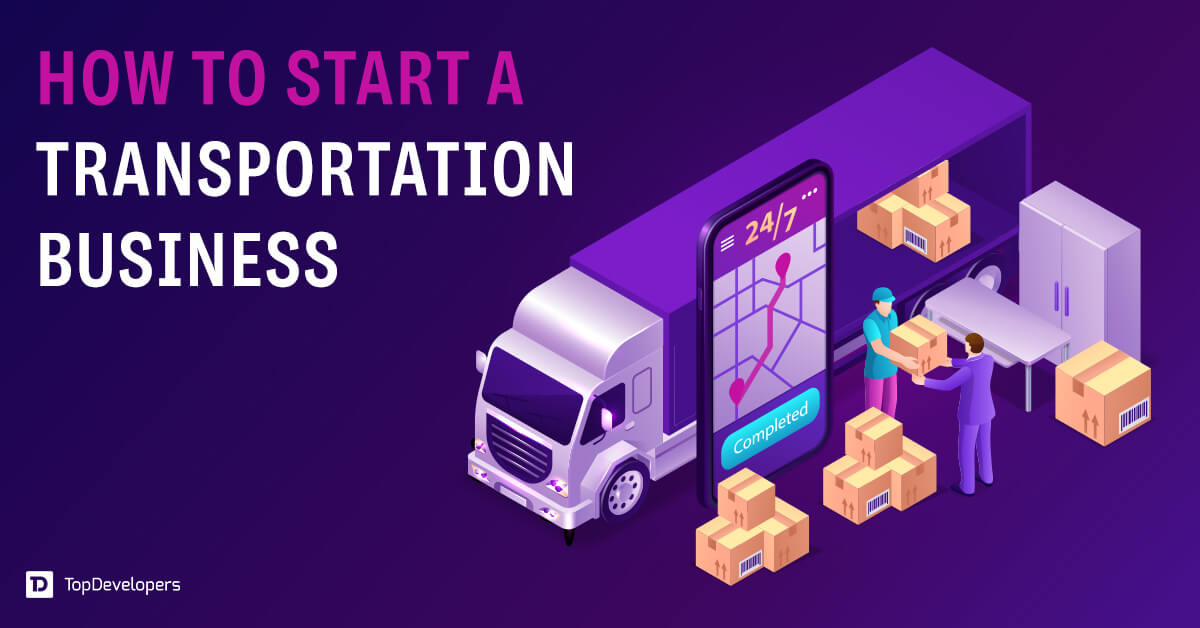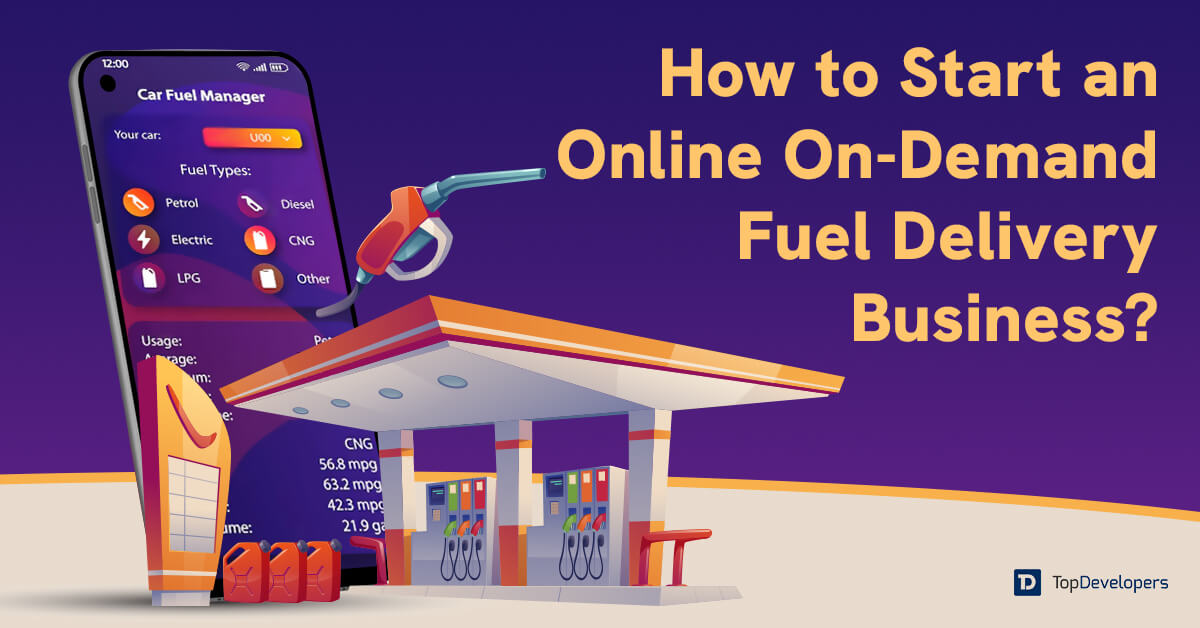
According to Statista, the revenue in the grocery delivery segment is projected to reach US$627.30bn in 2023, and if that is not enough, the number of grocery app users shall reach a whopping figure of close to 2000 million by 2027.
The two teenage Stanford University dropouts amazed the world by raising $60 million for their unique concept of a 10-minute grocery delivery application named Zepto. Jumping on the bandwagon, Ola too launched 10-minute grocery delivery app in Indian cities like Bengaluru and Mumbai. Successfully, it hit around a thousand orders a day. The company is putting all its strategies to increase the number.
The list goes on –Uber Eats is to pilot company-owned warehouses in Taiwan to accelerate grocery deliveries. GoPuff (backed by SoftBank Group, the US), Getir Perakende Lojistik AS (Turkey), Gorillas Technologies Ltd. (Germany) are also exploring newer ways for ten-minute or lesser delivery services.
Table of Contents
- Quickness is the key
- How your revenue is affected?
- The 10-minute delivery technology
- How will you make money through a 10-minute delivery app?
- Benefits of 10-Minute Delivery Business Model
- How does a 10-Minute Delivery App Work?
- Features of 10-minute delivery app
- Top 10-minute delivery mobile apps across the world
- The Future
- Frequently Asked Questions
Quickness is the key
The pandemic indirectly pulled online grocery shopping into a mainstream business, registering a jaw-dropping figure of $2 trillion global grocery market according to The Wall Street Journal. This very figure has inspired thousands of young entrepreneurs to propel their venture into it.
The same-day delivery applications attracted consumers because they broke the tradition of getting the ordered item after a couple of days. With resources available right near a buyer, eCommerce businesses tried their swift network to get things done in a much shorter time. While the quick commerce 10-minute delivery app is based on the hyperlocal model that arranges the nearest resource to the picking and delivery spots. If you are looking for such a quick commerce application development, this is the time. Faster delivery is one of the top challenges that startups face today and if deployed to perfection, helps in garnering more loyal customers.
The founders of Zepto had tweeted that their next goal is to bring the delivery time below 10 minutes which it struggles currently around 15 minutes for some unavoidable practical reasons. E-grocery has become one of the most rapidly growing segments in the eCommerce space. Thanks to the pandemic outbreak; it made consumers place an online order avoiding stepping out of their homes. But today, the race is about who delivers faster and without compromising on the quality.
How your revenue is affected?
Unfortunately, accelerating the delivery process may not necessarily increase revenues. In fact, if you fail in providing a pleasing customer experience, the 10-minute delivery business model would backfire and harm your brand. The primary concerns for all consumers are not only speed but also convenience and quality. With faster online delivery, it is essential to maintain the temperature and packaging of the goods ordered.
Swiftly changing consumer expectations would require more than just a quick commerce delivery application and fleet of delivery person for any business to be profitable. A number of steps need to align with no delay or mistake between the placement of the order and the delivery at the doorstep.
The 10-minute delivery technology
Enabling the same-day or 10-minute delivery requires a sophisticated technology platform that professional app development companies use to customize the product. The mobile application requires much simpler designs for a growing number of users. The platform used for such a quick commerce delivery application is capable of handling many aspects of the consumer’s journey, all while building a seamless experience.
Automation through integrating artificial intelligence is the heart of such a fast-delivery application. Domino’s Pizza, for instance, refined and perfected its delivery processes by improving the overall customer experience. The brand called itself an eCommerce company that sells pizzas. Their commitment to data applications and deploying robotics technology platforms enabling electronic delivery systems helped them accelerate their efficacy to deliver food much faster than ever before.
Domino even rolled out a robot car delivery service for selected customers in Houston. Another example for integrating robotic efficiency into their delivery process is GrubHub. The company said they would add self-driving units resembling drones to deliver food to their customers, chiefly students. In such a way, they aim to reduce the delivery costs and delivery time.
Internet of Things could be another key to a successful 10-minute delivery business model. A quick commerce application with a simple UI would help customers go directly to the section of their choice. Ordering and automatic payment through various modes can ease their task. The order, once placed, can be conveyed to the robotic delivery machines, which can navigate through the map and proceed with their job.
How will you make money through a 10-minute delivery app?
The revenue flow is decent with the app that delivers goods in 10 minutes or less. There are a few business models of 10-minute delivery apps you can adopt.
Here are three primary ways to make money through a 10-minute delivery app:
Premium fees
You can charge a premium fee for the fast and convenient services for ordered items which could be groceries or dishes from restaurants or eateries. The fees could vary depending on the distance and the duration of the day (for instance, midnight delivery could have more fees or charges).
It is worth mentioning that when there is a surge in the demand for the service (as in monsoon or peak hours), the charges could be high for 10-minute delivery. Customers and patrons who value speed and convenience over cost will definitely go for the premium membership charges as they would not mind paying extra for getting their orders delivered within 10 minutes.
Ads
You can also generate revenue from advertising and partnerships with local businesses. The space on quick delivery application can be given on rent for displaying ads from relevant businesses that offer products or services.
Relevant ads that complement the delivery service would enhance the value of your 10-minute delivery mobile app. The 10-minute application may also partner with local businesses to offer offers and discounts for using the app; for instance, you can go for coupons, loyalty points, or free samples.
Partnership
Partnerships with other businesses or fields could also help you earn revenues. For instance, the 10-minute app for delivering groceries must have a reliable and efficient network of delivery drivers.
Delivery partners can help you recruit, train, and manage a large pool of delivery drivers to take parcels to customers’ doorsteps quickly and safely. The fast-delivery app could also partner with other businesses to have incentives for drivers to perform well like bonuses, tips, or ratings.
Benefits of 10-Minute Delivery Business Model
The on-demand delivery app has now become the standard. Even people who do not need it immediately can get it. Since they are rising, it’s the perfect time for startups to search for on-demand delivery app developers to build a mobile app solution based on the 10-minute delivery business model.
Urgent delivery
What serves fast, leads the market today. Users and customers hate waiting and businesses with quick delivery services have the upper hand, always. The best benefit of 10-minute delivery business model is its flagship service – delivery of ordered items in 10 minutes or even less. Optimum use of resources and logistics has been the backbone of the 10-minute delivery app model.
Influence on customer acquisition
From the perspective of grocery and food delivery businesses, their consumer base is growing because the fast-delivery app concept is loved by users worldwide. It is not luxury anymore because it has become a basic need today. More and more users are now choosing 10-minute delivery apps over anything available in the market. The benefits catered by customized delivery app is helping them increase their business revenue
Contactless Purchasing
The need for contact-free shopping has been a major motivator for firms to embrace the ‘dark store’ strategy. Dark stores of apps like Zepto let customers buy groceries without coming into touch with other people or attending a real store. They make internet purchases and have them delivered immediately.
How does a 10-Minute Delivery App Work?
The 10-minute delivery app has different user types such as customer and delivery partner or internal operations. The working process of delivery app is different for them accordingly.
For Customer:
The simplest way to understand the methodology of how 10-minute delivery app work is as follow:
- A user browses through various items displayed on the UI of the 10-minute delivery app.
- After selecting the required items, the user defines the quantity of the items in number of packets or volume. Once done with the shopping, the user evaluates the shopping cart and reconfirms the order. Once the order is placed, the app for 10-minute delivery shows various payment methods including COD (Cash on Delivery).
- The app manages to fetch the details of the orders placed and sends them to the nearest store for the quickest delivery. The dark store accepts the order meanwhile the 10-minute delivery app finds the nearest delivery partner to pick up the parcels from the store.
- The delivery partner confirms the order and takes the parcels and heads toward the customer’s location. The parcels are delivered at the doorsteps of the users in 10 minutes or less.
Internal operations:
Internally, 10-minute delivery service providers such as Zepto, Swiggy Instamart, Blinkit, and Zomato Insta collaborate with delivery partners, gig workers, or freelancers to provide 10-minute delivery. The number of delivery personnel assigned to a dark store is determined by the volume and frequency of orders recognized using predictive analytics. AI technology integration aids in inventory management by continually monitoring stocks and giving warnings to restock products that are low in stock.
Furthermore, the demand for delivery is rarely changing; nevertheless, the delivery app assists in observing sales trends so that the great demand for goods at a given time may be planned and implemented properly.
Features of 10-minute delivery app
There are many features you can think and deploy in quick commerce apps that deliver ordered goods in as less as 10 minutes to the customers’ doorsteps. Nevertheless, the app can have three main categories for different types of users:
User/Customer application:
- Signup/Login using social media channels
- Browse, search, and order products from nearby stores or warehouses
- Track orders in real-time
- Schedule delivery
- Get notifications regarding offers, status of orders and more
- View history of previous and current orders
- Rate and review products, supermarkets, and delivery partners
- Pay securely using various payment methods such as eWallet and bank transfer
Delivery agent application:
- Accept and complete orders from users
- View order details, such as pickup and drop-off locations, time
- Maintain estimated time of arrival and payment amount
- Communicate with users and admin through the app
- Receive feedback and incentives for performance
- Analyze earning
- Real-time geographic map to user location
Admin application:
- Manage inventory, pricing, and availability of products
- Monitor and analyze orders, delivery agents, and user feedback
- Handle issues or disputes during the delivery process
- Manage profiles of all kinds including customers and registered stores
- Control unusual prices, information, or any data entry
- Overlook all the activities performed on the app
- Approve and monitor offers, discounts, and coupons
- Revenue reports
Top 10-minute delivery mobile apps across the world
Customers’ love for 10-minute delivery aka quick commerce has been at its peak all over the world. They can order groceries and other essentials from apps that guarantee delivery to their doorsteps in just 10 minutes or less. They love this because any quick meal cooking plan or party can be arranged quickly!
Some of the top 10-minute delivery apps around the world are:
Zepto
Zepto is a hyperlocal grocery delivery platform that uses a dark store model to attain swifter delivery services. The India’s fastest online grocery delivery app uses advanced technologies to optimize inventory management and optimization of the best routes. Ultimately, this fast delivery app is known for its efficient operations and customer satisfaction.
Swiggy Instamart
Swiggy Instamart is instant grocery delivery service offered by Swiggy, a well-known Indian food delivery platform. The 10-minute delivery by Swiggy Instamart allows customers to order groceries online and get them at their doorsteps easily. The app is known for its extensive network of partner shops and terrific delivery infrastructure.
Blinkit (formerly Grofers)
Blinkit is yet another 10-minute grocery delivery app, a leading quick-commerce service in India owned now by Zomato. Blinkit operates a huge network of dark stores across India and hence it offers super-fast delivery of grocery items, household essentials, and more. Blinkit is also known for its impeccable UI/UX design.
Dunzo
Dunzo is a daily essential delivery provider offered by Dunzo, a multifaceted delivery platform. This fast home delivery app allows its consumers to online order a curated choice of daily essentials such as toiletries, household items, and groceries and have them delivered to their doorsteps in under 19 minutes. The company primarily focuses on speed and convenience.
Bigbasket (Bigbasket’s rapid delivery option)
Bigbasket is an express service that tries to deliver in 10 minutes or less. One of India’s largest online grocery retailers, BB Now services offers ordering daily essentials online and having them delivered within a short time. Its powerful network of partner stores and efficient delivery infrastructure make it a reliable app.
Zomato Insta
Zomato Insta is a grocery delivery service offered by Zomato, India’s another food delivery platform that is immensely popular. The 10-minute delivery app Zomato Insta delights its customers by providing ease of shopping for grocery items and much more at their fingertips. Zomato also has the best delivery partner nexus to stay efficient.
Getir
Getir is a Turkish delivery platform with its wings spread to many other countries. The company has a huge chain of dark stores and utilizes contemporary technologies to achieve on-demand delivery in 10 minutes or less. Getir aims to achieve faster delivery time and provide ultimate user satisfaction with its easy UI.
The Future
According to The Wall Street Journal, investors have put nearly $7 billion into some or the other ventures of quick grocery delivery startups. A lot of progress happened till the inception of the 10-min delivery app like Zepto, and it’ll continue in the coming years. In October, Gorillas stated that they had raised nearly $1 billion for German delivery player Delivery Hero SE. GoPuff, too, raised $1 billion from SoftBank; Spanish startup Glovo managed 450 million euros, and there is a lot to include. Lastly, it won’t be exaggerated to say that 10-minute delivery application development is a fruitful plan to start a new business.
Frequently Asked Questions
Which app is the fastest delivery app?
Zepto is often considered the fastest delivery application. It claims to deliver groceries to customer’s doorsteps in 10 minutes or less; nevertheless, other apps such as Dunzo Daily5 are reported to have delivered groceries in 5 minutes.
How is 10-minute delivery possible?
10-minute delivery is possible through adopting more than one factor – strategically located dark grocery stores, advanced technologies, and most importantly efficient delivery network. Plus, the app’s ability to optimize route and order processing.
Which app is the best for instant grocery delivery?
Zepto, BigBasket, and BlinkIt are considered to be premium instant grocery delivery applications because of their speeds and the range of products available on their applications.
What is instant grocery delivery?
Instant grocery delivery means the delivery of groceries within a short period, often 10-minute or same-day delivery services today. These apps offer a range of products such as household items, groceries, personal care and beauty products, and even small tools.
Which 10-min grocery delivery app gives the best discounts and offers?
Almost all 10-minute delivery apps, due to tough competition, keep on coming up with great offers and discounts. Such discounts are often observed during festival seasons and public holidays.
 Avantika Shergil
| Sep 12, 2024
Avantika Shergil
| Sep 12, 2024
Avantika Shergil is a technology enthusiast and thought leader with deep expertise in software development and web technologies. With over 8 years of experience analyzing and evaluating cutting-edge digital solutions, Avantika has a knack for demystifying complex tech trends. Her insights into modern programming frameworks, system architecture, and web innovation have empowered businesses to make informed decisions in the ever-evolving tech landscape. Avantika is passionate about bridging the gap between technology and business strategy, helping businesses build customized software and website, and understand about different tools to leverage effectively for their ventures. Explore her work for a unique perspective on the future of digital innovation.



